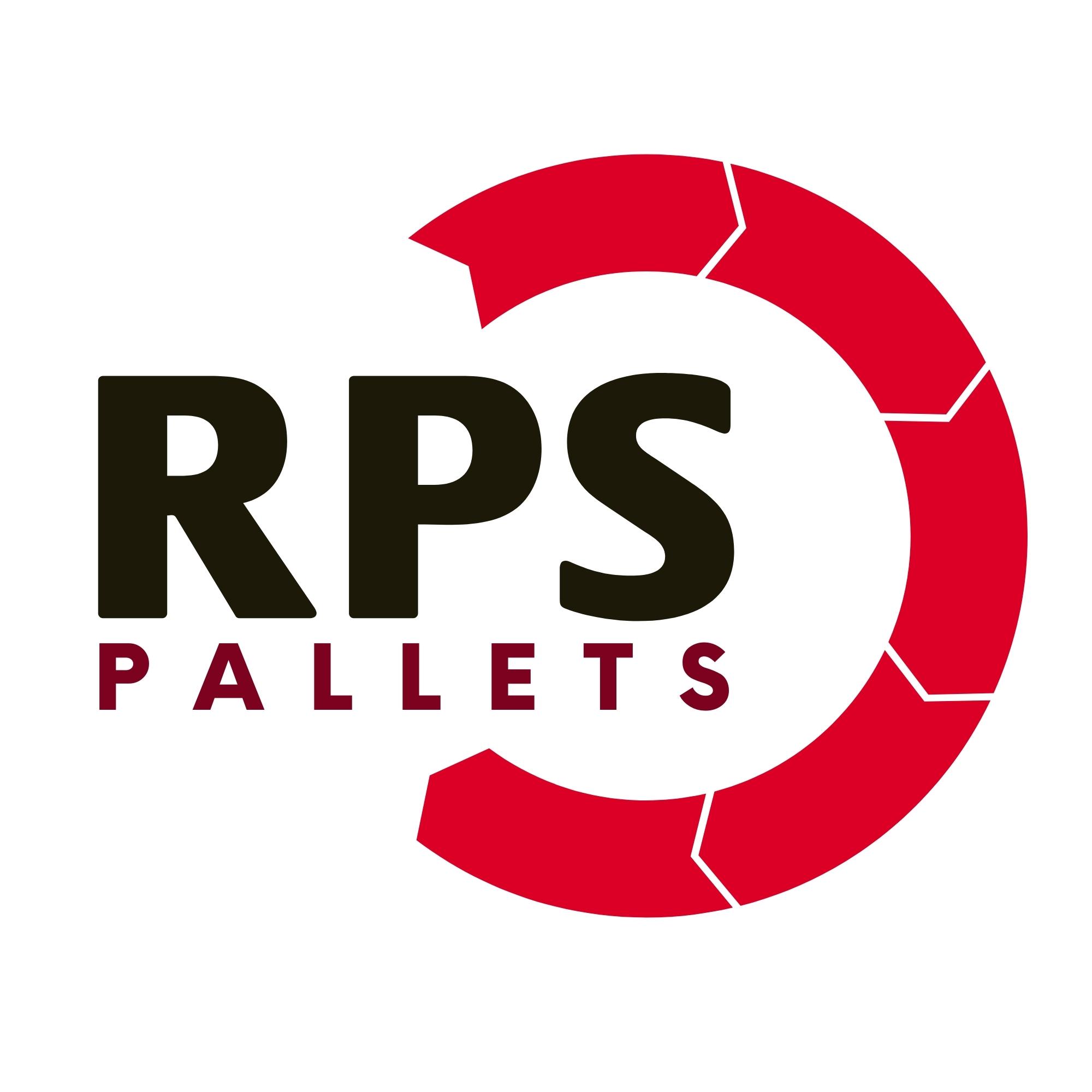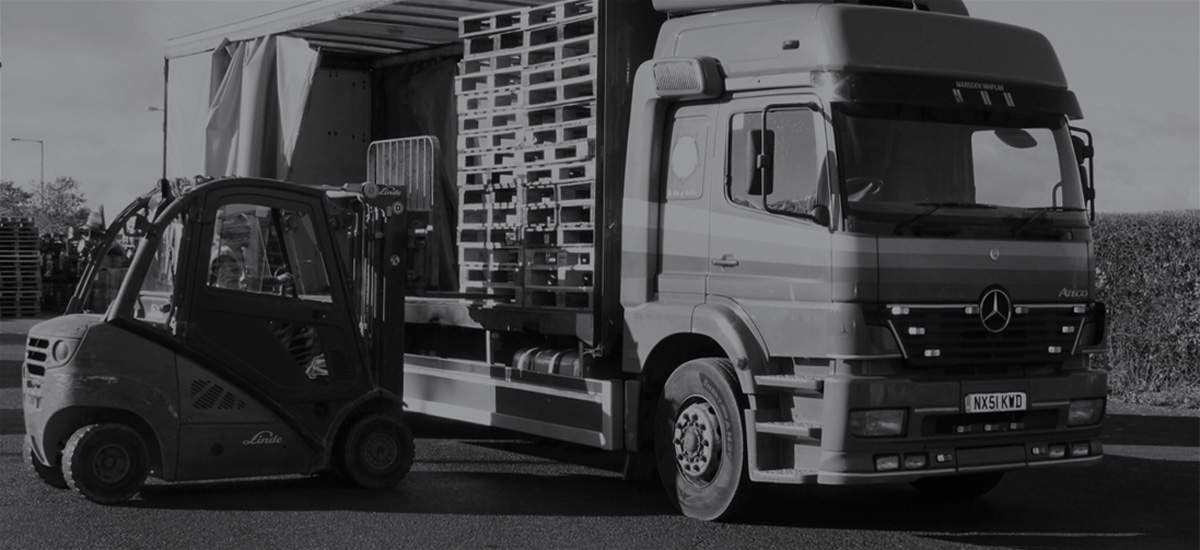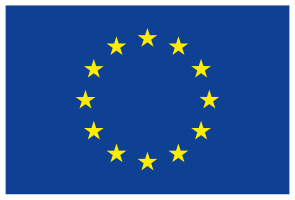In a previous RPS blog, we discussed how the Government is planning to introduce a plastic tax in 2022 to encourage businesses to be more responsible for the clean-up and recycling costs of their packaging. So, what does this mean and what do firms have to do to prepare?
A bit of background
In the 2018 Budget, the Government announced that it will introduce a tax on plastic packaging from April 2022, which will apply at a rate of £200 per tonne of plastic packaging which does not contain at least 30 per cent recycled plastic.
The details
The tax will apply to the manufacture and import of plastic packaging containing less than 30 per cent recycled content which is destined for UK markets, where the manufacturer or importer handles more than 10 tonnes of plastic packaging in a 12-month period.
All plastic packaging will be presumed to contain less than 30 per cent recycled plastic unless it can be proved otherwise.
For manufacturers, the tax will be charged when materials are converted into plastic packaging. For example, if a manufacturer makes any amount of film, which is then printed on and cut into labels, it will be considered to be packaging at the point the film is first manufactured. For a soft drinks bottle, this would mean that the manufacturer of the ‘pre-form’ is liable for the tax, as only further forming is required.
For importers, the tax will be the responsibility of person on whose behalf the plastic packaging is first transported or stored in the UK, payable from the date the plastic packaging enters free circulation.
Calculations
Businesses calculating their tonnages will need to include all plastic packaging whether it is:
- Above or below 30 per cent recycled plastic content
- Destined for subsequent export
- Within the scope of the proposed exemptions (see below)
Where the estimate is nine tonnes or under, checks will be made either every two years (under 7.5 tonnes) or annually (7.6 to nine tonnes). However, businesses should repeat the check earlier if circumstances change. Between nine and 9.9 tonnes, records will need to be kept, but with no requirements to retain evidence of recycled plastic content.
However, where the total plastic packaging manufactured and/or imported in the past 12 months is 10
tonnes or greater, the date of liability will be two months after the packaging met the threshold. For example, where a business goes over the 10 tonne threshold on December 15th, their date of registration will be February 1st.

Exemptions
A number of exemptions are being considered, including:
- Imported transit packaging around products, for example, shrink wrap
- Packaging for licensed human medicines
- Packaging which is imported for personal or non-business use
- Damaged packaging
Reporting
Once registered, businesses will be required to submit a quarterly tax return online, giving details of the plastic packaging they have manufactured and/or imported and how much tax is due, with evidence as outlined above.
While it is commendable that the Government is looking to reduce plastic waste, our concern is that reuse gets swallowed up within recycling targets. Reuse should be the first option with any material used for packaging; for instance, reusable containers are being trialled in several supermarkets to hold groceries and this is an effective way of reducing plastic packaging.
Industrial plastic packaging, including drums and IBCs, which by law cannot contain recycled plastic, can be cleaned and reused over and over again, much like a cup being cleaned and reused for a tea or coffee.
If reuse targets were to be made separately from recycling targets, this could give people and businesses the initiative to become more environmentally and economically aware. Reuse is not only more sustainable, it is cheaper than recycling ‘waste’ into something new.
Let us know your thoughts on the new tax by tweeting us @RPS_Limited.







